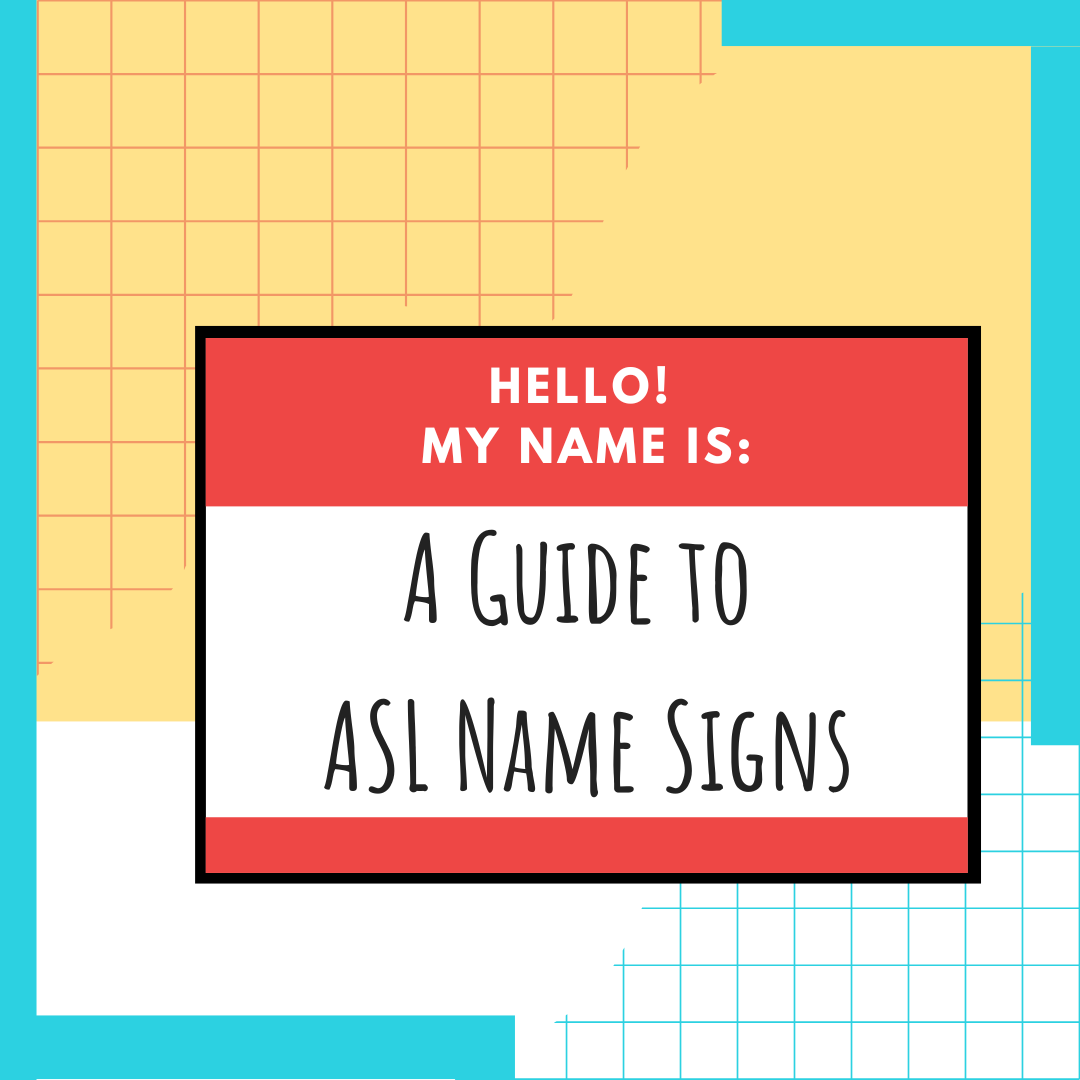
Fun American Sign Language Games to Help You Learn ASL
- by Michelle Jay

Have fun learning ASL with these sign language games! They are a unique way to supplement your ASL learning. Here are some of our favorites:
Telephone Sign Language Game
Remember the game “Telephone” from grade school? Well, with this sign language game, you sign it instead of say it. So, everyone lines up or forms a circle without looking at each other. The first person taps person #2 on the shoulder and signs something to him or her. Then, person #2 signs it to person #3, and so on. Make sure the people further along in the line don’t see! When the sign gets to the last person, you see how much it’s changed! You can also do this by drawing on each others’ backs. Great fun!
Animal Memory Game
To play these sign language games, everyone forms a circle and picks an animal (or another category of signs). Then, you go around the circle and everyone signs their animal. The person starting the game (person #1) starts by signing another person’s animal sign. The person whose animal sign person #1 signed (person #2) then signs another person’s animal sign. So, not only do you have to remember your animal sign, you have to remember the animal signs of the other people in the circle! This is a great way to build animal vocabulary!
Deaf Bingo
This is great for teaching the alphabet and numbers. You just play Bingo and instead of shouting the letter and numbers, you sign them! This could also work for practicing any vocabulary. The announcer can sign vocabulary and students must match the sign to the printed words on their cards in order to win.
Facial Signs
I totally made the name of this game up. We played this in one of my first ASL classes. It’s great practice for facial expressions! Everyone gets into a circle and chooses their favorite sign. Then, the leader says a feeling, like sad, happy, excited, scared, etc. Everyone in the circle then signs their sign while showing this feeling. I chose the word SODA-POP. Imagine how funny that was when I signed it sadly!
American Sign Language Board Games
Please note that when you choose to purchase through the external links on this website (in many but not all cases) we will receive a referral commission. However, this commission does not influence the information we provide in this site. We always give honest opinions and reviews to share our findings, beliefs, and/or experiences. You can view our full disclosure on this page.
That Deaf Guy First Edition Playing Cards
This is a fun deck of cards to add to your sign language games collection! This deck is created by That Deaf Guy and features ASL signs on every card!
See It and Sign It Game – Intro to ASL
This is a fun, easy-to-follow game that teaches American Sign Language! In level 1 you’ll learn 60 words (10 words in six different categories), the alphabet and numbers 1-10. Even though the game is age graded for readers (usually ages 7 and up) the game can easily be played by children as young as 3 or 4 using the card illustrations as flip cards. There really are a lot of possibilities with this game. If you are looking to teach yourself with this sign language game, it is great for beginners but may be too easy if you already know a lot of ASL vocabulary.
 ASLingo Game Sign Language Bingo
ASLingo Game Sign Language Bingo
ASLingo, one of the exciting and challenging sign language games, is played just like a bingo game. The words are signed in ASL with players following the pictorial hand shapes on the cards. Cards can be sorted out to meet game players levels while playing the game simultaneously. That is the advantage of playing ASLingo at different levels. It is best if played with a Deaf native signer or a qualified hearing signer. The ASLingo playing cards can even be used as flashcards–a good idea for car trips or study groups. For ages 5 and up and 2-8 players. This game is no longer being produced, so you may need to find it on eBay or a similar reseller site. 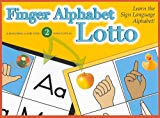
Finger Alphabet Lotto (Essential Sign Language Pocket Guides) (Cards)
This card matching game teaches the finger alphabet, and shows at least 2 ways to play. Perfect for young and beginner signers.
 American Sign Language Bingo Game – Super Duper Educational Learning Toy for Kids
American Sign Language Bingo Game – Super Duper Educational Learning Toy for Kids
Sign Language Bingo is a game for up to 30 players. You can learn and practice 48 common signs and play a variety of patterns. Includes 30 playing cards, 48 illustrated signs, a master reference card, and markers. Two levels of play.
SIGN-O ASL Bingo Game CD-ROM
If you are a BINGO fan, you are going to love SIGN-O! SIGN-O, one of the computer sign language games, is an entertaining way to learn American Sign Language (ASL) or have fun using the signs you already know. You can play with any of the 21 categories of words, like Food or Numbers, or with all of the over 3,000 signs. It’s so easy to play! When a sign video appears, click on the English word on the gameboard that matches it. If you can match all the words in a row in any direction, you win!
Learn ASL Fast! American Sign Language Flash Cards & Playing Cards
A fun set of playing cards that use ASL signs. Perfect for beginners, classrooms, family game nights, or heartfelt Valentine’s Day gifts, this versatile deck bridges education and entertainment.
Spell Well (CD-ROM)
This is an animated American Sign Language game for the computer that challenges your knowledge of sign language and spelling. There are more than 2,500 signs and 20 category gameboards to choose from. However, this may only work for Windows 98.
American Sign Language Handshape Game Cards
These sign language game cards are a great way to learn and practice all the handshapes in ASL.
Signs for All Seasons: More Sign Language Games (Paperback)
This is a ready-made collection of activities for Sign Language teachers to provide communication opportunities for students. These sign language games give experiences in gestures, mime, signs, imitation, visual perception and readiness skills. Plenty of challenges to excite any class whether it is using a particular textbook or no book at all.
Games and Activities for Sign Language Classes (Paperback)
 This is another book full of sign language games for use in the classroom.
This is another book full of sign language games for use in the classroom.
American Sign Language Alphabet 500 Piece Family Puzzle
A fun puzzle to add to your fun learning!
Sign Language Cipher Wheel – ASL Decoder Disk
This is a super unique escape room prop or can be used in detective or spy kits to encrypt and decrypt secret messages using American Sign Language. The possibilities are endless!
> See All Our ASL Games Recommendations <
Favorite Sign Language Games from Other Students
Animal Game
by Andrea (Tulare, CA)
What you do is sign an animal sign, like SEAL. Then, the next person signs SEAL and then another animal sign, like RABBIT. The next person would then sign SEAL, RABBIT, and another animal sign. You keep going around the room, repeating all of the animals that have been signed in the correct order and adding a new one. If you are new to ASL, then you might want to write down what has been signed already. This sign language game can be for 2 or more players. With two players, the players would go back and forth signing what has been signed already plus another sign until someone messes up.
I am going on vacation
by Robbie (Pasadena, CA)
Group play. You start with “I am going on vacation, I will take…” then the next player signs the same thing and adds on what they take etc. This is a great way to build vocabulary and check how students are signing their vocabulary. You can change where you are going if you like smiles.
Colors and Cones
by Leslie (Springfield, MA)
After teaching common colors, I set out 12 cones that are colored, around the room. The children run and pick a color cone to stand next to. In a baggie I have the words and my daughter picks a word, she signs it, and whoever is standing next to that color, is out! Sometimes more than one child is standing next to that color cone, then they are all out. After that, they rotate a run to a different, cone, or they may choose to stay where they are. We pick another color and sign it, if they are standing now at that unfortunate color, they are out and so forth, till only one child is standing. Then they win a prize!
Speed Sign
by R. La Puma (CA)
Form 2 groups of 2. One person from each group is the signer, and one person is the writer. Have the writers leave the room, and then decide (for both groups) on a word, for example, “MONKEY”. Then bring the writers back into the room and have them go to a whiteboard with their partner. The signers, as fast as they can, fingerspell the word to their partner, who writes it on the board. The first group to have the finished word on the board wins.
Pass it on
by Sharon Denniston (Great Falls, MT)
Start with “holding” an object i.e. apple. Interact with it i.e. shine it on your shirt. Take a bite wipe the juice off of your face etc. pass it to the next person and he has to take it with a different handshape to show holding a different object i.e. a hammer, a toothbrush, a barrel etc. and he interacts with his chosen object until someone guesses what it is continue until everyone has a turn. Good for working with size and shape classifiers.
Scavenger Hunt
by Jane Dews (Billings, MT)
I lead an after school sign language club made up of hearing students in grades k-6. The group’s favorite activity to date was our scavenger hunt. I used a fingerspelling font to type the names of items that students were to find in the school building. I paired the youngest students with an older student. The young kids could tell each letter, but needed a reader to figure out the words. Once they deciphered the list of items, they were turned loose in the school to find and bring back each item. I typed an answer key for a volunteer to make sure the students brought back the correct items. They had to take the items back to their proper place and then they could exchange lists with another pair of students.
Four Corners
by Nicole (Atlanta, GA)
Set up four students as the seasons in the four corners of your room. We played with clothing. So, if you sign BOOTS, have a remaining student walk to the appropriate season for that clothing. If you sign FLIP-FLOPS, do the same. Each student should be addressed a different type of clothing!
Grab Bag
by Anna (Colorado)
Great for preschool lesson: Put a variety of objects in a bag. Good for teaching colors (crayons or markers), animals (plastic toys), school supplies, money, people/appearance (doll, action figures). You get the idea. Have children come up one by one, remove an object from the bag, then show the class the object. Teach the whole group the sign. Repeat with all the children.
Actions and colors
by Anonymous
I played this with 3rd and 4th graders. After teaching colors and action words (run, walk, jump, hop, crawl, etc.) put different colored paper around a large open space (such as a gym or outside). The paper should be visible. Students have to watch the instructions signed by the teacher and then do that action while going to the specified color. For example: Run to blue.
Elephant
by Anonymous
The students stand up in a circle. One student stands in the middle and walks around pointing to one student in the circle at a time. The student being pointed to needs to quickly put their hands up to their nose like an elephant trunk while the students to the left and right need to put their hands up to the student’s ears. This makes an “elephant”. If any of the students make a mistake, then they’re out.
ASL Sentence Slam
by Barb (Colorado)
Helps with Vocabulary, Fingerspelling, English-to-ASL grammar & Class Spirit
FIRST: Make a pile of vocabulary cards from sturdy paper (I used colorful card stock, half a page for each word/sign). Split class into teams – at least 2 with any number of players. Deal the cards evenly, 10 at a time to each team, keeping cards face-down. One player on each team is the “scribe.” On GO, flip your pile over and start arranging and moving cards into correct ASL sentences, around as the scribe (The team must be able to sign them!)
Our rules: 1.No more than (1) 2-word sentence for your team (1 pt only). 2. You can fingerspell only ONE word in a sentence if its needed to make sense. 3. 2 pts for 3-4 word sentences, 5 pts for 4+ word sentences. 10 pt-bonus to team with most sentences! We times it to 3 minutes, but 5 is fun also.
Each team take turns signing their sentences to the other, who must read & voice it. We laugh a lot at the funny sentences that turn up, like “My sorry dog not-come!” Team with most points wins, but everyone has FUN!
Telephone
by Melissa Ratsch (Spokane, WA)
This is played just like the game of telephone but you use signs instead of talking. You have the students line up in equal groups, at least 5-6 people per line. The first person in each line faces the teacher while all the others in line turn their backs. The teacher signs a short sentence, in ASL, one time. The first people in line watches the sentence being signed then turns and taps the person behind them and signs the sentence exactly as they saw it. They can only sign it ONE time. This goes on until the last person sees the sentence. The last one in line signs the sentence for the teacher and he/she determines which team came the closest to the original sentence!
Fingerspelling Hangman
by Anonymous
- Most teachers already know this one. In fact, I am sure I learned it when I was a newbie student myself.
- Set up the board, PowerPoint, overhead, etc. (whatever you got) just like a hangman word.
- No one, not even the instructor, is allowed to use their voice.
- Students raise their hands to be “called” (i.e.: pointed at).
- Each student holds up in the air (so that everyone can see) the letter being guessed.
- If the letter is in the word, it gets placed.
- If the letter is not in the word, it gets written on the side of the puzzle and a piece of the ‘man’ is drawn.
- Make sure every student gets at least one guess.
- First person to guess the word (either by signing the word or fingerspelling the entire word) or guess the last blank letter in the puzzle correctly, wins the round and becomes the next hangman leader.
- Make sure every student gets a chance to be the leader, however you choose to do that. (I have repeated winners pick the next leader who has not yet gone).
Note: Themes, chapters in the book being used may be the “category” for all hangman words.
Hand Shape Sign Language Games
by Deanna Basile (Fairbanks, Alaska)
I learned this sign language game at a Silent Weekend when I was in the interpreter program. Lots of fun!
Have the class get into groups of 2 or 3, and hand each group a different Hand Shape card (I photocopied hand shapes from a book and cut them out, but there are cards you can purchase.) Have them keep the card face down until the start of the game. Each team should pick a “secretary” who has a pen and paper.
Set the clock for 1, 2, or 3 minutes (more time allotted for less skilled players). The students flip their cards, and have to come up with as many signs that use their hand shape as possible, and the secretary writes them down. For example, the “5” hand shape could be: “MOM”, “DAD”, “FINE”, etc.
When time is up, each group, in turn, presents the signs they found for their hand shape. For each correct sign, they get a point. Then, go around the class and let the other groups add signs they come up with, as well. For each sign they come up with, they get a point for their group. Each group takes a turn, and all the other groups get the chance to get points if they come up with signs the first group missed.
If it’s a small group, and you have lots of time, you can play 3 or 4 rounds. Tailor it to fit the skill level and time constraints. Enjoy!
SIGNO
by Brenda Dawe (Michigan)
SIGNO is a sign language game like Bingo except that the headings are handshapes. I have a template which students take and fill in with 5 handshapes (of the 11 basic ones I also include in separate handout). The 25 spaces (no free spots) are then filled in with signs under each heading that begin with that handshape. I ask them to focus on signs they almost know not the ones they OWN (no hesitation and Right) since the object is to have correct handshapes for the vocabulary final.
A big difference in playing this game is this: EACH player is also a caller. With voices off, each one takes a turn around the circle showing the handshape first (so all can see if they also have that column). Then caller signs his/her word and crosses it off on their card. Of course, others having the same sign also gets one step closer to a SIGNO.
I bring along a number of token prizes since even College kids want a reward for winning.
Note: If the caller has mistakenly put the wrong sign and handshape together, I cut in and correct the error. I will also correct the production of a sign if the others (having been pre-instructed to challenge each other) don’t catch it.
Vocabulary Blackboard Game
by Brenda Dawe (Michigan)
Divide group into 3 and line up right angle to blackboard
Vocab cards (scattered upside down on table at left of Line 1) are selected in turns, signed to front person in group 2 who then writes the word on the board.
When word is written, front person in line 3 (all of whom are turned away and not seeing the word signed) is tapped, looks at the word and then writes the Dominant and Passive hand shapes.
Each “On” person has chance to verify their decisions with other team players before involving next line. When all agree word and handshapes match, front persons move to back of line.
Once each person has played in that line, 1 moves to position 2, 2 moves to 3, and 3 moves to position 1.
Game continues to predetermined time. (I play this game as a review before midterm exams on vocabulary and handshapes. With ASL II, we add Palm Orientation to line 3’s task, and with ASL III, we add movement. Tests include 2 parameters for II and 3 for III.) Students love this game. Have fun!
Helen Keller
by T. Brown (Humble, TX)
If you like telephone you would will like this sign language game. Instructions: 1st (2) lines. Then explain that the person in front of you will turn and tap the person in front. Once they are face to face both will have their EYES shut (NOTE: CAN USE HEAR PLUGS) the leader will Finger Spell the chosen word. While spelling the other person will feel the signers hand for each letter, then turn and tap the next person, and so forth. The person at the end will sign the word that the leader gave them at the beginning. You may want someone to monitor to make sure students are not voicing and keeping their eyes shut. Our ASL students love this game. ASL 3 have done ASL sentences. Hope you enjoy!
Memory, Mother May I, and Finger Bridge
by Debbie
I am taking intro to sign in school and we play a few sign language games that are a lot of fun.
Memory
At the beginning of this sign language game everyone draws a few (3 or 4) cards from a deck of vocab word cards. Person one signs their word, then person two signs the first person’s word and then their own word, then person three signs the first two people’s words and then their own word, and so on and so forth. This is a huge vocab builder, and it’s fun because people make up silly stories to remember the signs.
Mother May I
Everyone lines up with their backs to the wall, then “mother” will sign what each person should do. For example, one person may sign, “Mother may I take two small steps forward?” and Mother might sign back, “No take five slow steps forward.” This game helps teach directions and numbers.
Finger Bridge
Everyone picks a partner and stands a distance apart from each other. Partner 1 will finger spell a word and then Partner 2 will sign it. If the sign matches the finger spelled word then person 1 takes a step forward. If not, then they don’t move. Then partner 2 finger spells a word and it’s person 1’s chance to guess.
Start Learning ASL Today!
 Ready to start learning real American Sign Language and not just basic signs? Do you want to be a part of the vibrant Deaf community? Check out our Free ASL 1 Course or our Complete 4-Level ASL Course options and start learning ASL today!
Ready to start learning real American Sign Language and not just basic signs? Do you want to be a part of the vibrant Deaf community? Check out our Free ASL 1 Course or our Complete 4-Level ASL Course options and start learning ASL today!







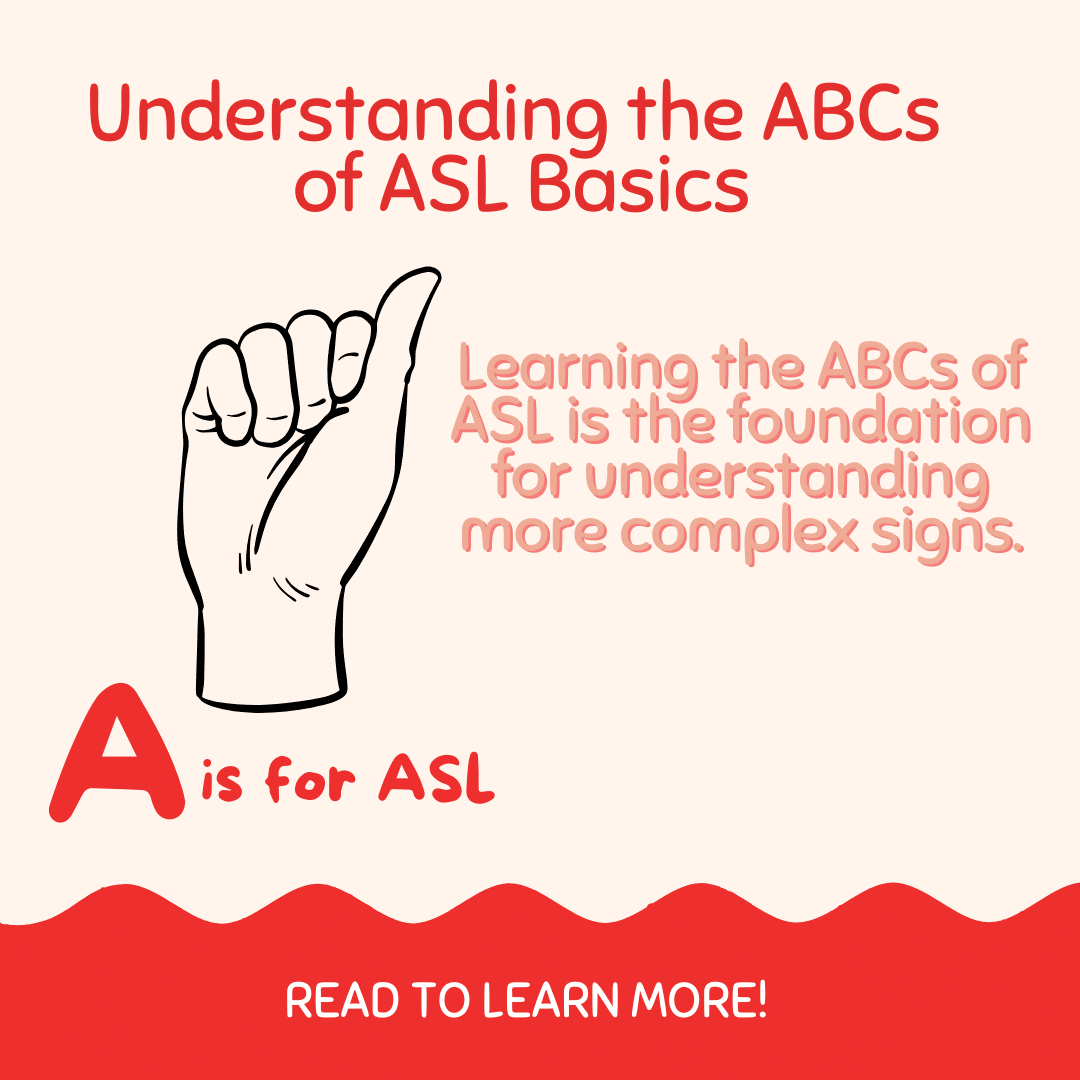
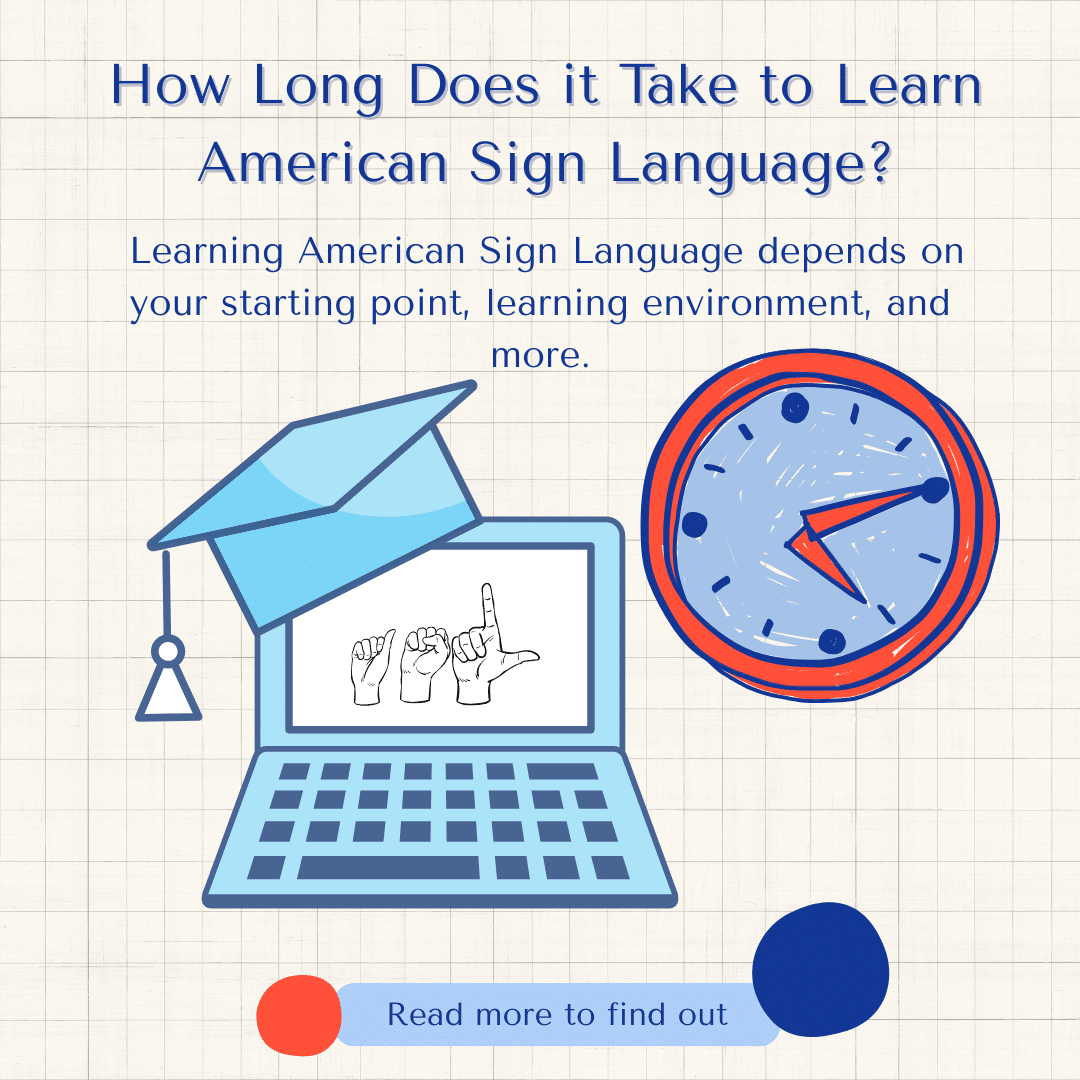
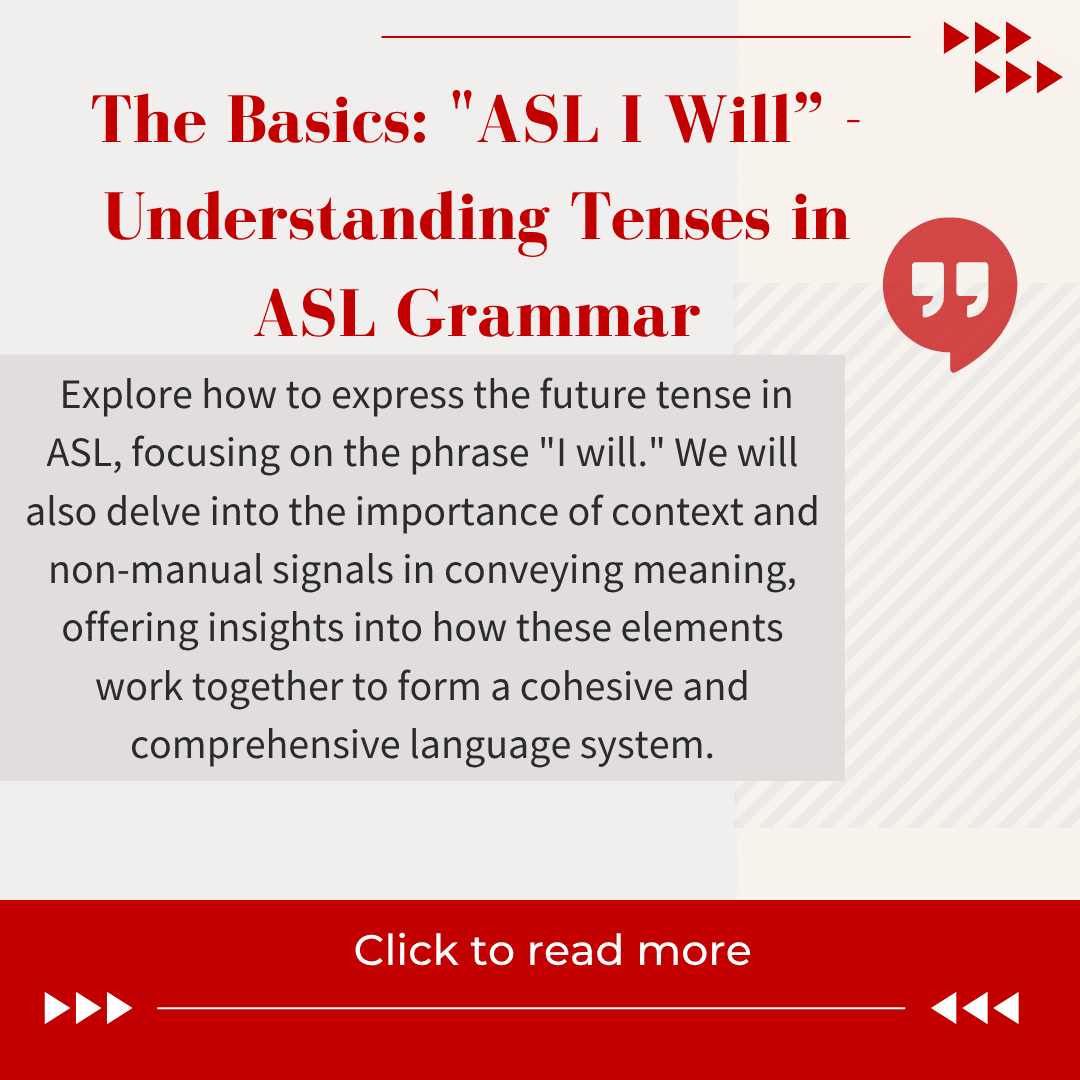

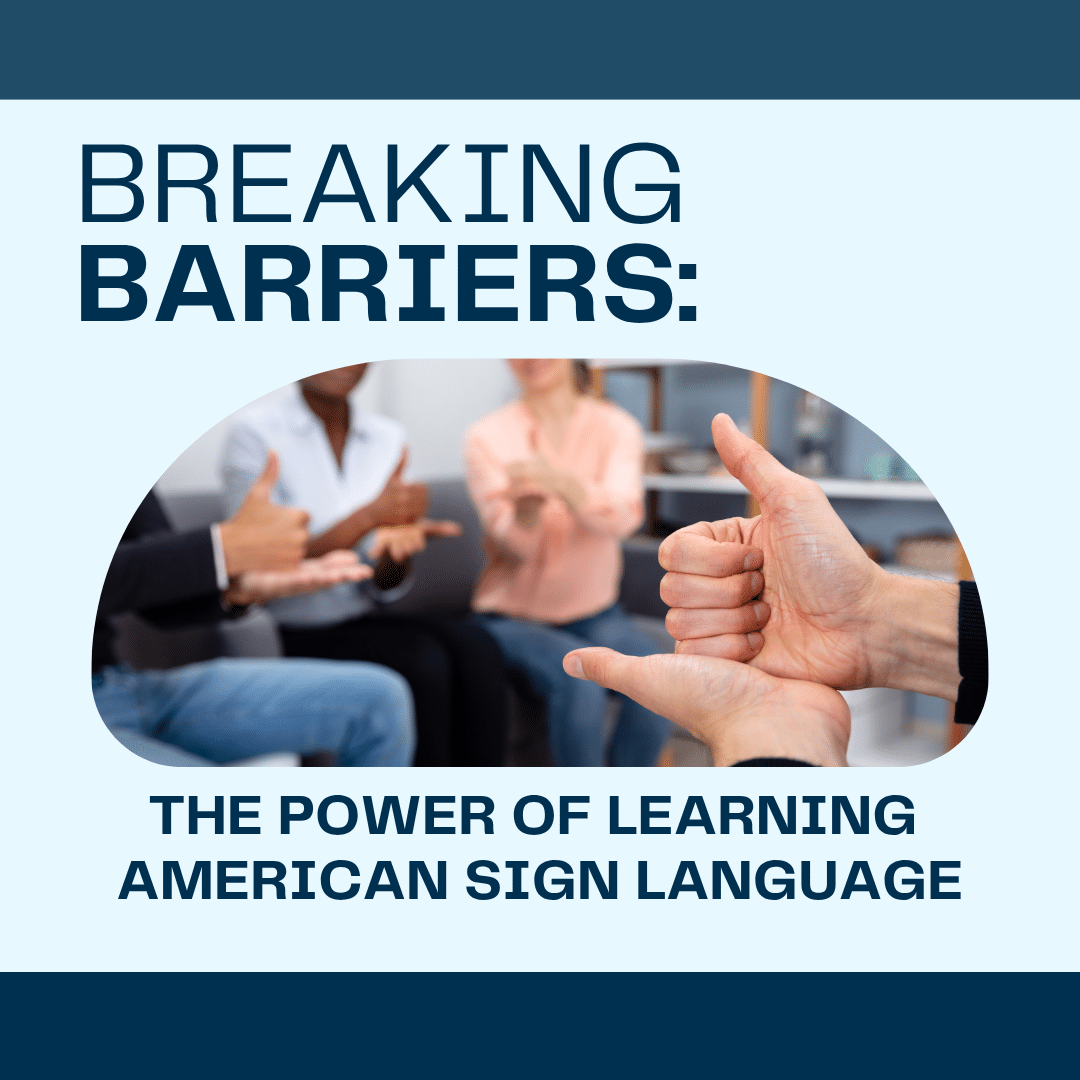



5 Responses
its a great website to learn off of.
All the links are broken to view/purchase games – help!
I like the “I’m going camping game”. It is like the vacation game.
for example:
first person says they are going camping and they are going to bring ‘a tent.’
the next person signs tent and then adds their own thing. ‘Water.’
So the third person would say I am bringing a tent, water and fire. etc.
“4” Corners of Color
Place color posters around the room, separated by at least 3 feet. Write each color on a piece or paper to be drawn from a bucket or hat. When you sign “go” students walk to a poster with a color on it. When everyone is near a color the teacher picks one out of the hat and signs it. That color is eliminated and must stand aside. The color poster is also eliminated and is taken down or flipped over. The teacher then signs “find new color” and students move to a new poster. Teacher continues this and draws a new color until there is only one student left. They are the winner. A lot like musical chairs.
I want any ASL Game any difference kinds for order . This is what I want buy it anything’s I like it . That ASL games order.